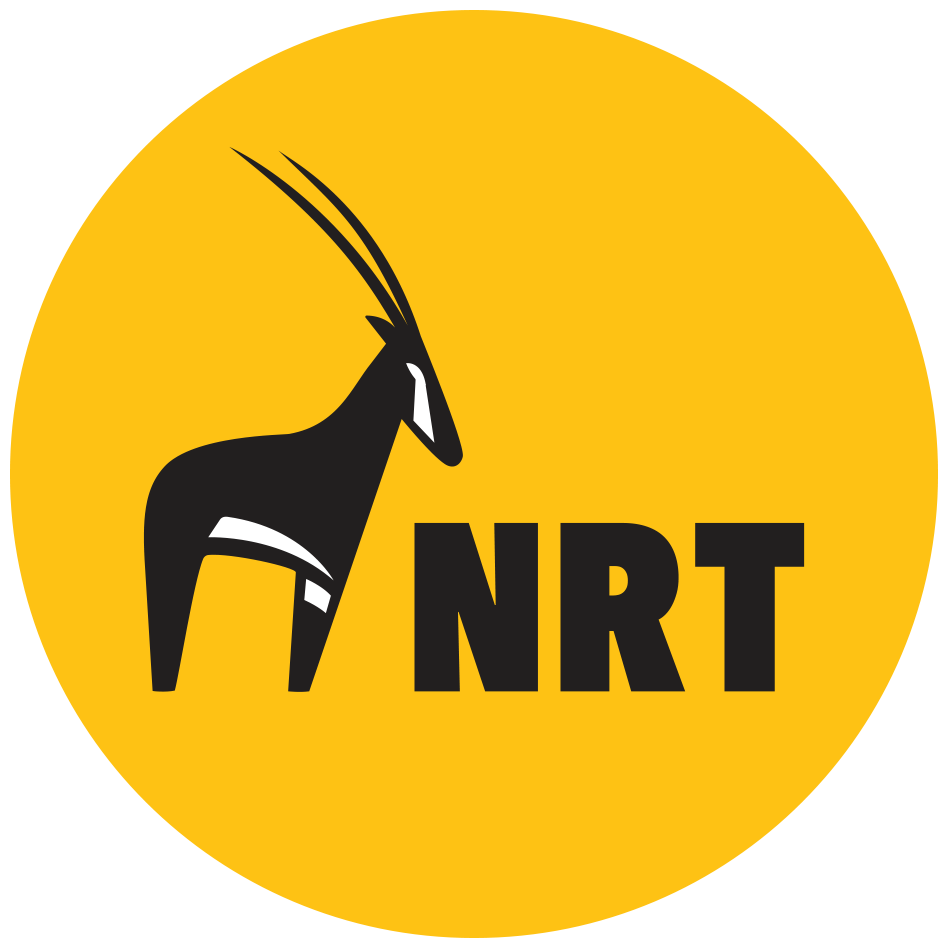NRT Coast Conducts Coral Reef Monitoring Survey
All over the world, coral reefs have earned the moniker “rainforests of the sea” due to the richness of life they contain. The importance is undisputable as they support an estimated 25% of all marine species. NRT Coast’s, Pate Marine Community Conservancy (PMMC) launched the Artificial Coral Reef Restoration Project with the goal of restoring at least 0.5 hectares of reef within Locally Managed Marine Areas (LMMAs), enhancing fisheries, and safeguarding the habitats of critical marine species.
The Conservancy then identified and mapped the degraded reef areas, and last year, its community reef restoration experts constructed the artificial structures and deployed them in 3 sites within LMMAs. The deployed artificial structures included 16 units of artificial blocks, 16 units of cylindrical structures for lobsters, 12 nursery tables, and 3 nurseries. To ensure the corals’ longevity, a monitoring plan was developed, and its implementation by Pate Marine’s reef rangers began last year.
This year, the rangers have conducted multiple additional monitoring surveys in both Pate Marine and Kiunga Community Conservancies. The most recent survey was conducted this September at the Chipopo no-take zone, where the artificial reefs were assessed for growth and survival.
During the monitoring surveys, the fish, benthic, and invertebrates found along the reefs are also assessed, and data on them is collected.
NRT Coast marine programmes are supported by The Nature Conservancy (TNC), United States Agency for International Development (USAID) and Fauna and Flora International, Kenya Fisheries Service (KFS), Kenya Forest Service (KFS) and the Kenya Fisheries and Marine Research Institute (KMFRI).



